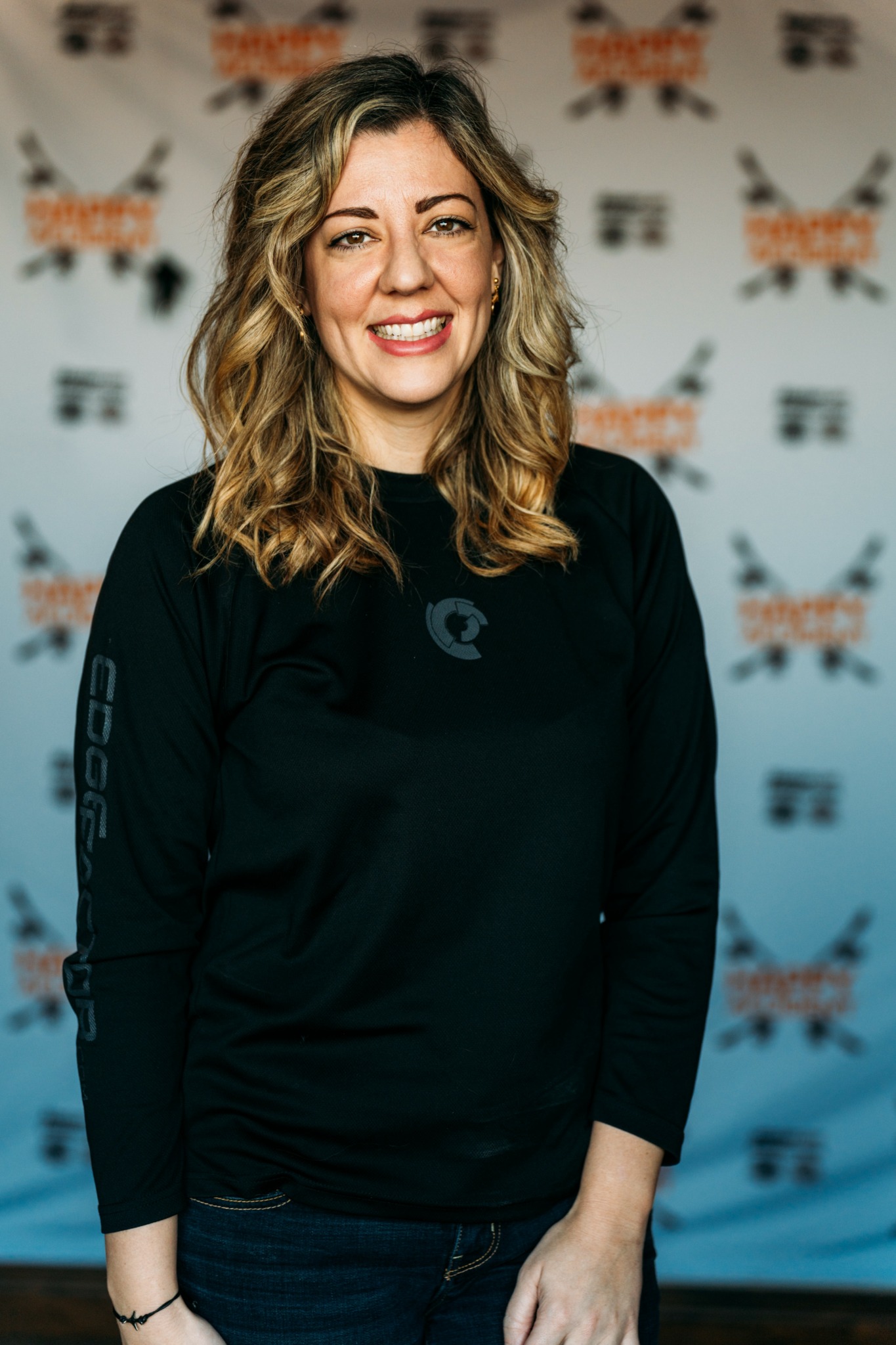We caught up with the brilliant and insightful Larissa Hofman a few weeks ago and have shared our conversation below.
Larissa, appreciate you joining us today. Let’s start with education – we’d love to hear your thoughts about how we can better prepare students for a more fulfilling life and career.
I would reframe our thinking to focus on giving students a vision for their future – to live with purpose, and to see school as a training ground where they gain the skills they need for what comes next. Graduation isn’t the end game – it’s a stepping stone.
There’s a quiet crisis unfolding in our schools: students are feeling so lost, they no longer want to keep going. When suicide is the second leading cause of death among youth, we can’t pretend this is someone else’s problem. These aren’t just numbers – they’re lives cut short, dreams never realized. What if we could fill students with purpose and a clear sense of direction? What if they could look ahead and see a career that excites them and brings their interests to life? Without that, school can feel like pressure with no purpose.
While I didn’t feel suicidal, I did feel the weight of deep career uncertainty. After high school, I didn’t know what I wanted to do. I had worked all throughout school (before and after classes) and I wasn’t ready to spend my hard-earned money guessing on a postsecondary program that might not lead to a career that fit me. So instead, I applied for a job at a local TV station and stepped into roles in communications, marketing, and eventually TV and film acquisitions. I discovered I was a strong communicator with a natural ability for sales and project management. I learned best by doing and surrounded myself with mentors to help me along the way. But I also fell in love with storytelling: the ability to use stories as a powerful tool to share important messages and connect people to purpose.
About 5 years into my career, I answered a wrong phone number that altered my path. Jeremy Bout, the founder of Edge Factor was trying to reach someone else and got my extension by mistake. We started talking and realized we’d both experienced that same post-grad fog – uncertain, unsure, trying to find our way. That call turned into something bigger: a shared mission to help students discover the pathway that’s right for them and make informed decisions about their future.
At Edge Factor, we use storytelling to inspire students to explore careers, build skills, and connect to real-world opportunities. Our platform brings industries to life with cinematic content and interactive tools that go beyond job titles—they show the heart behind the work. Because a job isn’t just a paycheck—it’s a gateway to purpose. One-third of your life will be spent working. Why not spend it doing something that matters?
When students can see their next step, they gain direction. When they discover their “why,” they find hope. And sometimes, that spark of hope is exactly what saves them.
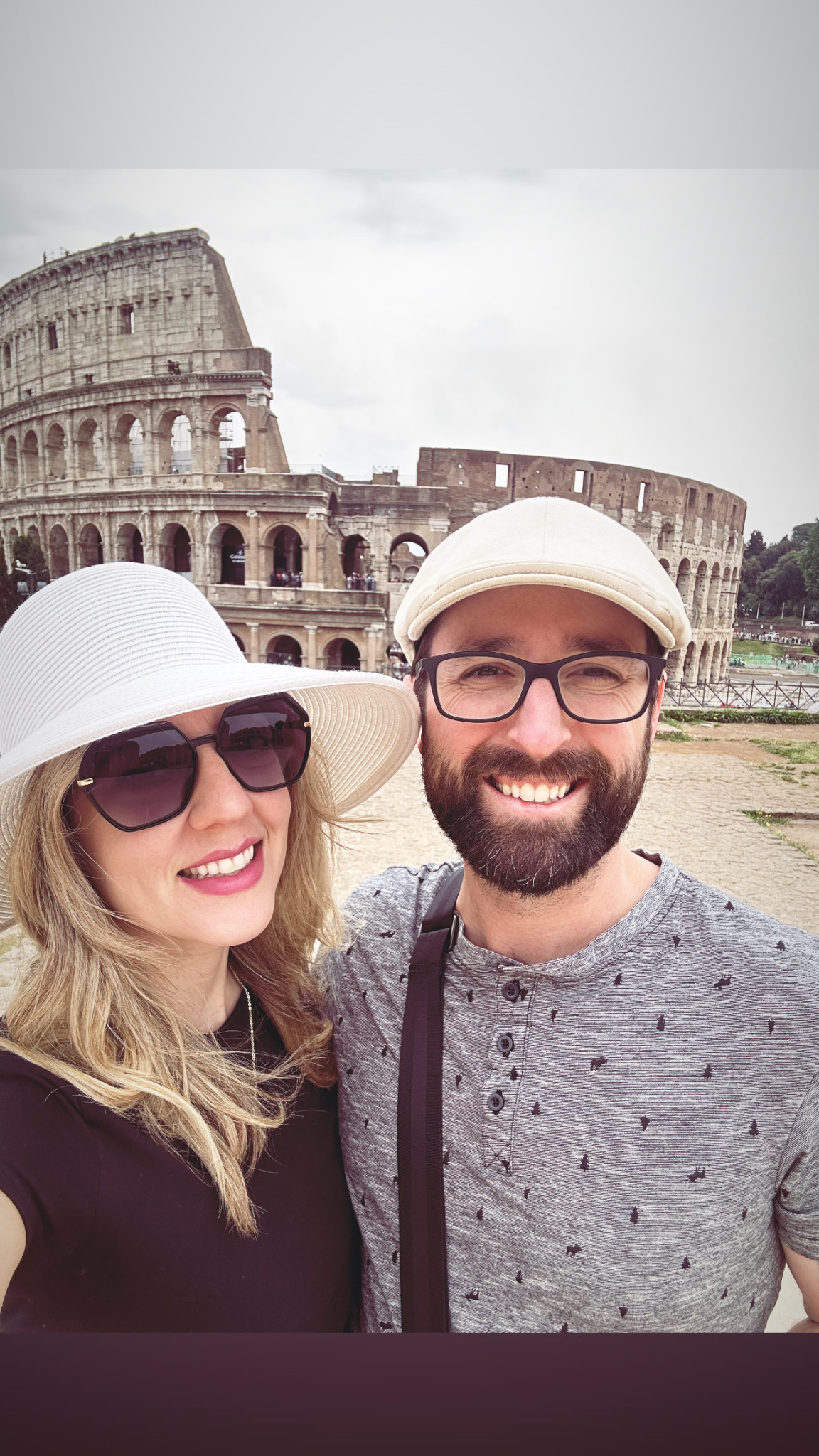

Larissa, love having you share your insights with us. Before we ask you more questions, maybe you can take a moment to introduce yourself to our readers who might have missed our earlier conversations?
At my core, I’m a communicator and a connector—someone who thrives on building relationships, clarifying messages, and bringing purpose-driven ideas to life. I work at the intersection of creativity, strategy, and mission.
I’m part of the Leadership Team at Edge Factor, a company that exists to inspire students and job seekers to explore, prepare, and connect on their career journey. We equip educators with the largest known library of cinematic career content—real-life job stories, interactive activities, digital badges, and turnkey lesson plans. Our tools are used across North America to infuse purpose into classrooms and connect learning to life beyond graduation.
My role spans marketing, storytelling, project direction, sales, and brand strategy. I’m passionate about taking complex ideas—like workforce development—and turning them into real, actionable solutions for communities. Schools, companies, workforce leaders, and families all use our stories and gamified learning tools to spark meaningful conversations and pathways.
Everything we create is rooted in story: real people, real careers, real purpose. Because when students can see the heart behind the work, it changes how they see themselves—and what they’re capable of.
What I want people to know about me and the Edge Factor brand is this: we believe students and jobseekers can live with purpose and make informed decisions at every step of their journey. With the right tools, stories, and support, anyone can find a career that’s not just a job—but a meaningful life path.

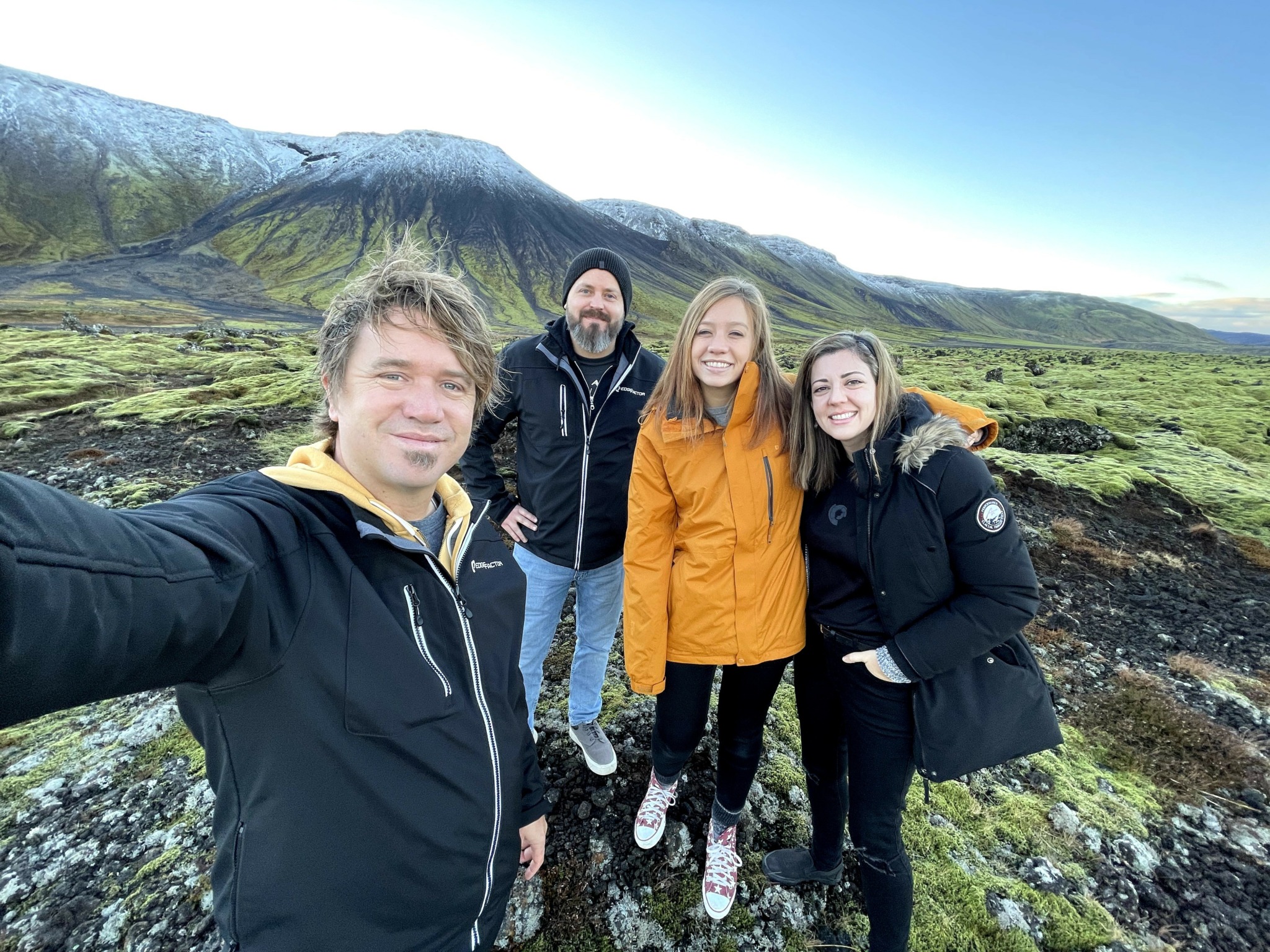
Have any books or other resources had a big impact on you?
Yes! Traction by Gino Wickman has significantly shaped how we lead and operate at Edge Factor. We’ve fully adopted the Entrepreneurial Operating System (EOS), and it’s bringing more and more structure, clarity, and momentum to our entire organization. As a growing team with a big mission, EOS is helping us stay focused, aligned, and accountable while encouraging innovation.
One of the most impactful shifts has been our weekly Level 10 (L10) meetings. These meetings have become an anchor point for all of our departments and our leadership team. They provide a consistent space to check in on priorities, track progress, and most importantly: solve real issues. Instead of letting challenges fester or conversations spiral, we use the IDS framework: Identify, Discuss, Solve. It’s direct, effective, and ensures we’re always moving forward. L10s are building a rhythm of trust, ownership, and continuous improvement across the company. Identifying issues and coming together to solve them every week is a powerful exercise to get our teams to be better, stronger, and faster. As Charles Kettering said, “A problem well stated is a problem half solved.”
EOS has also helping us get crystal clear on who owns what. The Accountability Chart is removing ambiguity and empowering every team member to own their role. That clarity has led to faster decision-making and stronger collaboration.
One of the EOS tools we rely on most is the Scorecard. It’s helping every department define and track the numbers that matter most. It’s not about vanity metrics—it’s about keeping our finger on the pulse of what really drives impact. EOS frames it like this: If you were on an island, what are the top metrics you’d want to see each week to know if the company was headed in the right direction—or straight toward a brick wall? This Scorecard has made our team more intentional, data-driven, and results-focused. We’ve changed the metrics on our Scorecard several times and I’m sure we’ll do it again until it’s just right.
The Scorecard approach aligns closely with another book I highly recommend: Measure What Matters by John Doerr. It reinforces the belief that meaningful work must be tied to measurable outcomes. It also reminds me of a quote from the movie Moneyball about baseball: “He passes the eye candy test. He looks good. He’s great at playing the part. But what’s he getting paid to do? Get on base. And he’s not doing that.” The lesson is this: it’s easy to be distracted by data points that look impressive – but if they don’t help you get home runs, they’re not what matters most. EOS and our Scorecard cut through the noise and keep our team laser-focused on the metrics that drive real outcomes and mission impact.
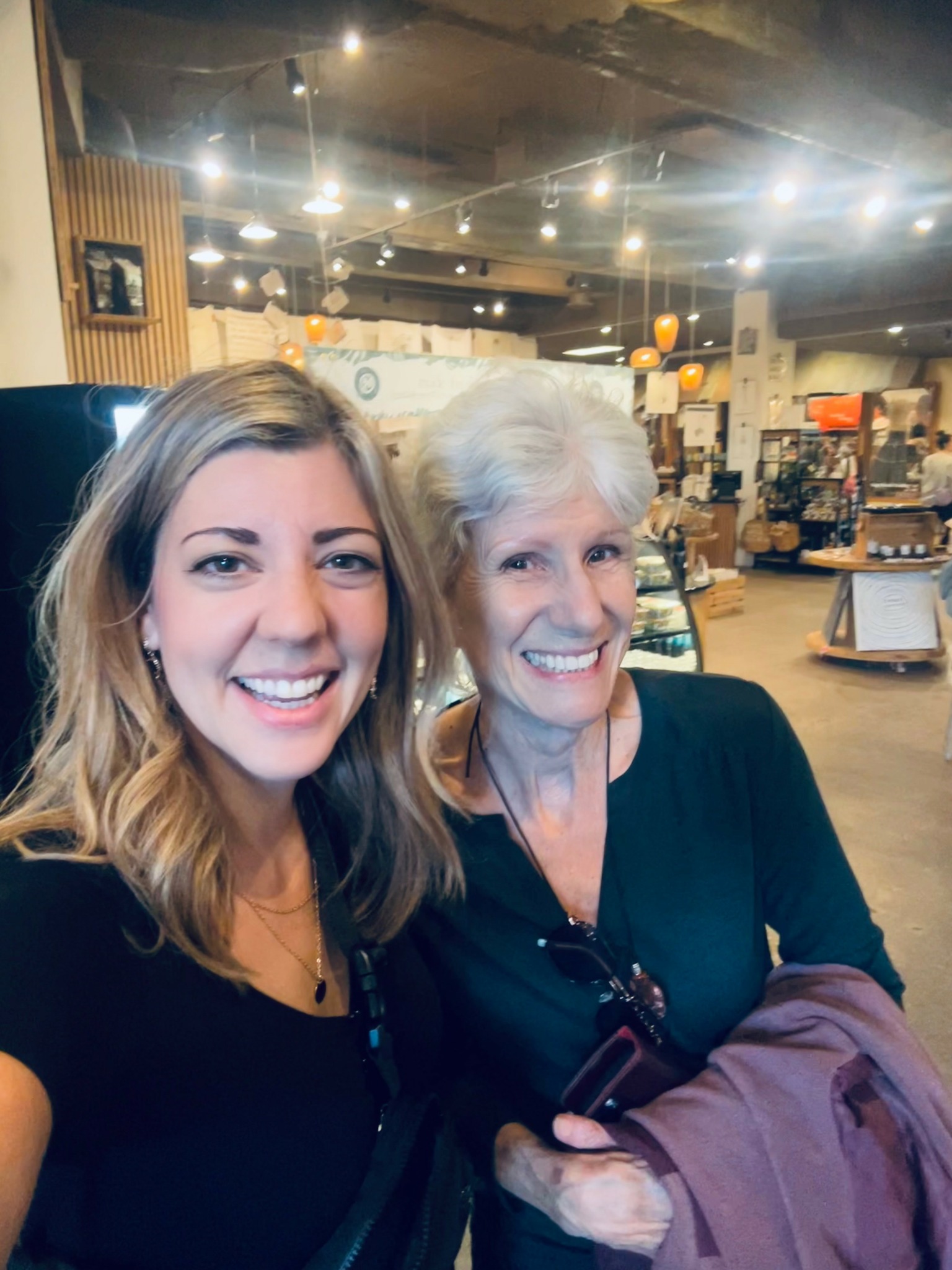

Any advice for managing a team?
One of the most important things I’ve learned about managing a team and maintaining high morale is this: people want to feel seen, heard, and supported—not just for what they do, but for who they are. At Edge Factor, we’ve built intentional rhythms into our leadership structure to make sure that happens regularly.
One of the most impactful practices we use is quarterly one-on-one meetings with each team member. These aren’t performance reviews—they’re honest, relational check-ins. We use them to celebrate wins, talk about what’s working (and what’s not), and most importantly, to make sure each person feels aligned with their role and our core values. These conversations help us stay connected, clarify expectations, and show our team that they matter far beyond the task list.
When people feel safe to speak up, know what’s expected, and trust that their voice is valued, morale doesn’t have to be manufactured—it grows naturally. That trust is also built day-to-day through clear communication, follow-through, and making space to celebrate progress along the way.
Morale rises when people understand the mission, know how they’re contributing to it, and feel proud of the team they’re building it with. And that doesn’t happen by accident! It’s about being consistent and intentional.
Contact Info:
- Website: https://edgefactor.com
- Instagram: https://www.instagram.com/officialedgefactor/
- Facebook: https://www.facebook.com/EdgeFactor
- Linkedin: https://www.linkedin.com/company/edgefactor
- Twitter: https://x.com/edgefactor_
- Youtube: https://www.youtube.com/@officialedgefactor
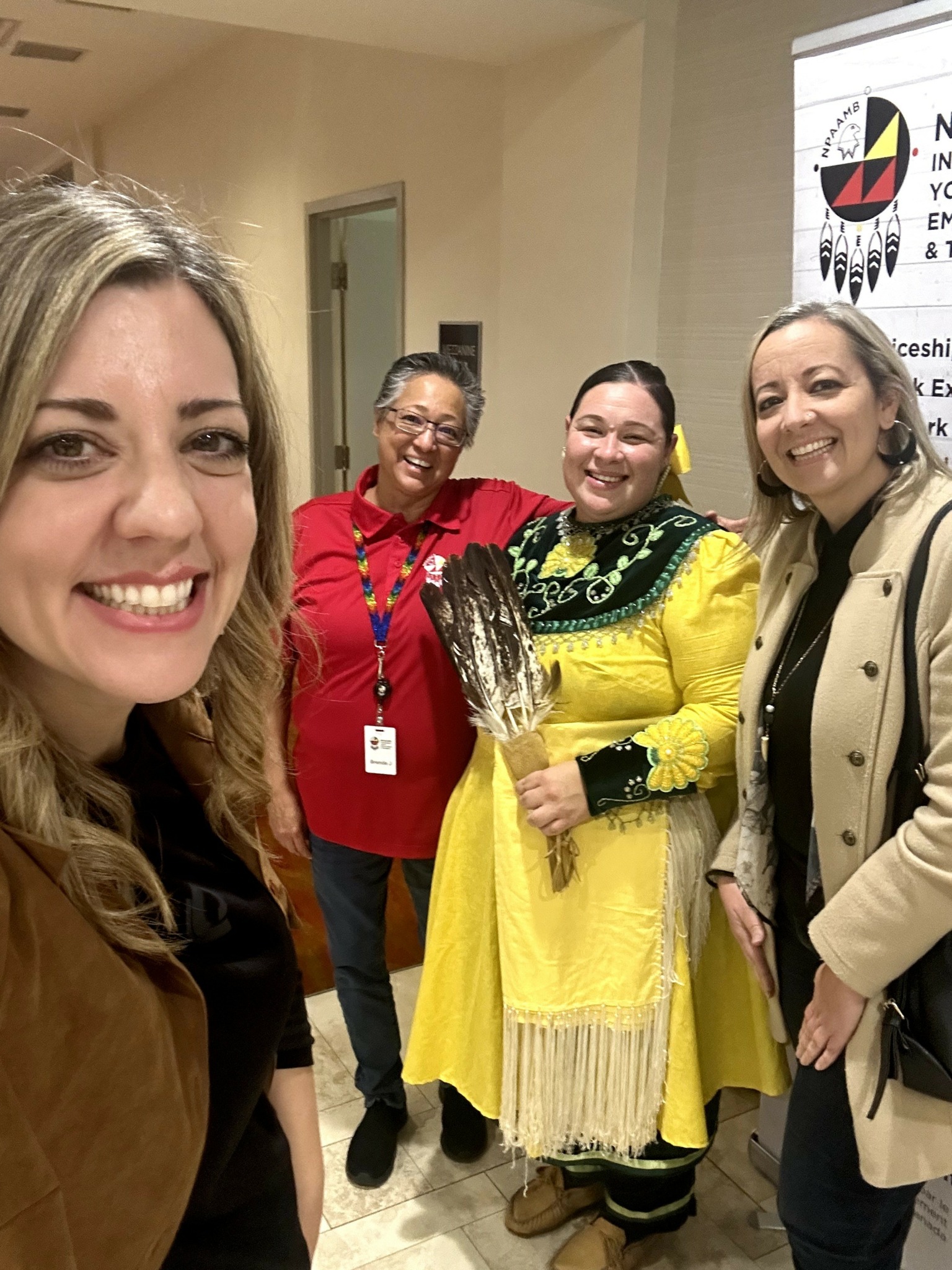
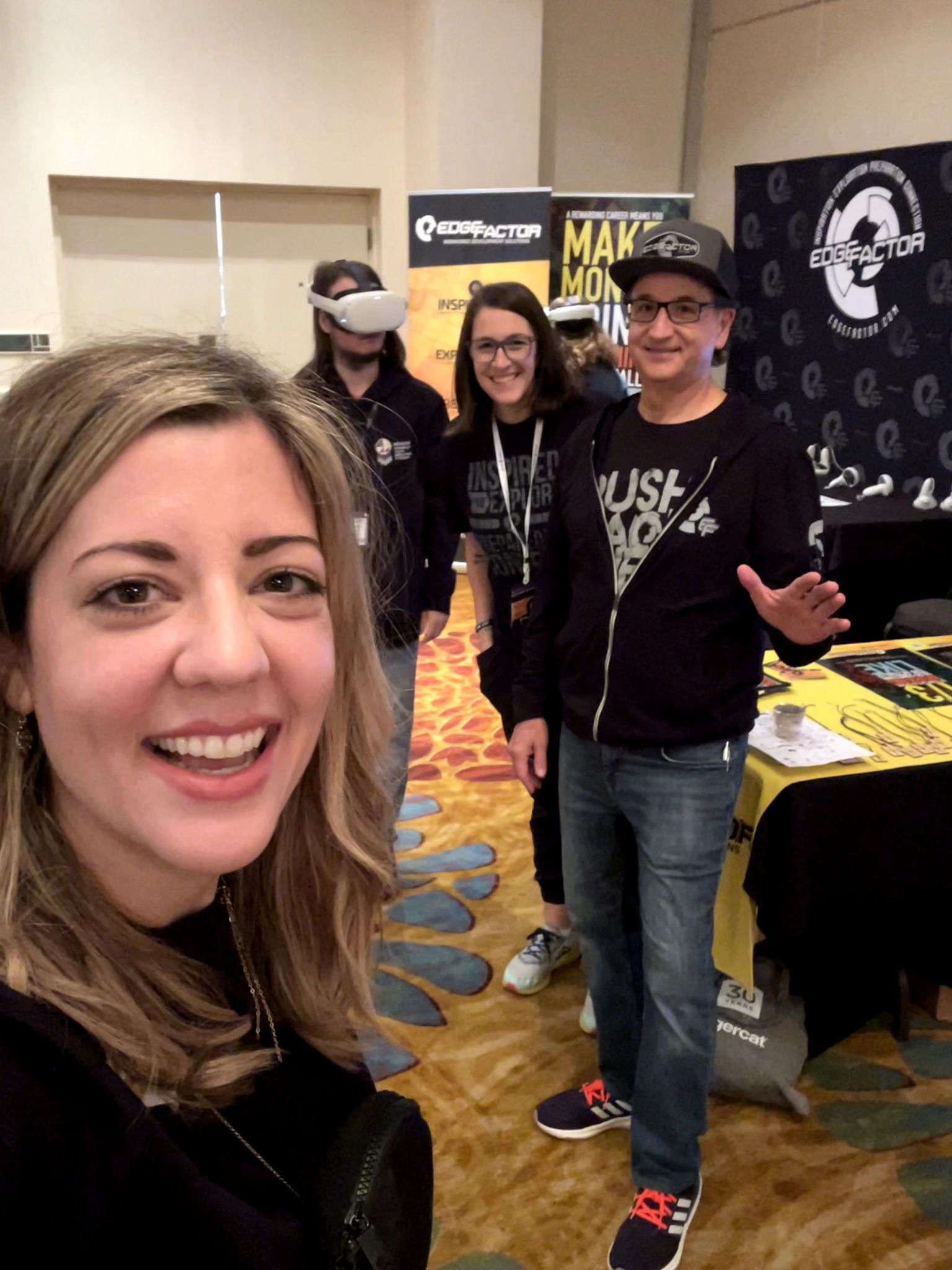
Image Credits
Larissa Hofman


